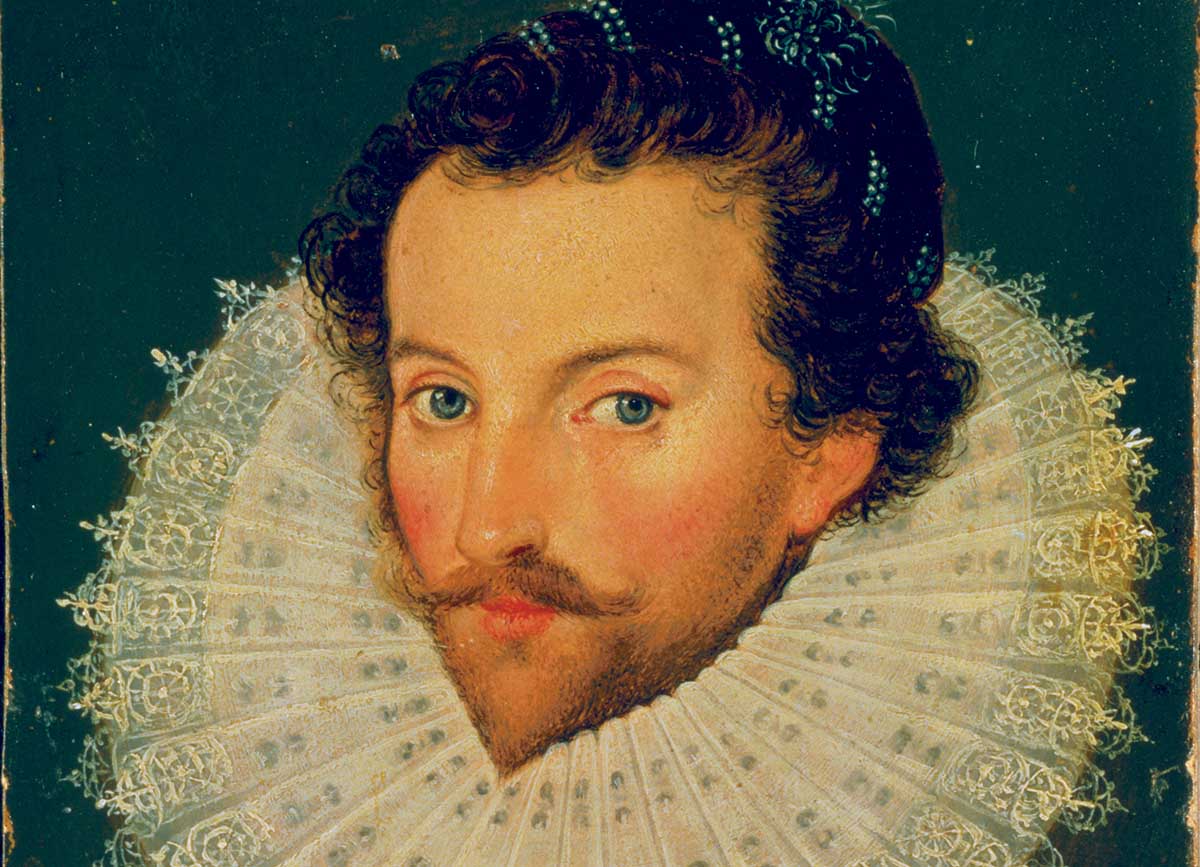Ralegh in his Time | History Today - 4 minutes read

Allan Gallay’s comprehensively researched but above all profound biography of Walter Ralegh makes it unlikely another will be published anytime soon, if ever. It is ambitious in scope and if it perhaps over-reaches in attributing to Ralegh the guiding spirit of British imperialism in America, it does not do so by much. It helps that his subject was the epitome of the Renaissance man, both a courtier of refined sensibility and an adventurer of bold and boundless ambition.
The book is also bold in the context of the collapsing intellectual integrity of the humanities in the American academy, mirrored slavishly in Britain. In assessing Ralegh, Gallay writes, too many biographers:
have grasped measuring sticks made of sand, so imprisoned by their own cultural concerns as to be unable to determine whether he was a hero or a Devil’s minion.
As a tenured professor he can get away with committing the heresy of judging a man by the standards of his time, but his like will not be seen again. Even so, he has to spend many, many pages explaining that context to readers he must know have succumbed to the doctrine of political ‘relevance’.
I sympathise. When I wrote the first major study of the Battle of Lepanto for a century, a reader plaintively asked ‘Did you have to include everything you know?’ I replied it was necessary because, as L.P. Hartley put it, ‘the past is a foreign country; they do things differently there’ – and that goes double when you are writing about alien cultures.
Gallay’s book also subverts American exceptionalism, which blithely blames the evils of colonialism on ‘the British’, which of course the colonists were until the War of Independence. Yet ‘the British’ tried to set a limit to colonial expansion to protect Native Americans, most of whom later sided with them in the war, against the rapacious colonists. This was certainly consonant with the spirit of Ralegh’s vision of amicable settlement.
In Thomas Jefferson’s propagandistic Declaration of Independence – the foundation stone of exceptionalism – this became ‘[George III] has endeavoured to bring on the inhabitants of our frontiers, the merciless Indian savages, whose known rule of warfare is undistinguished destruction of all ages, sexes and conditions’. Gallay, therefore, ventures into a field strewn not only with modern political correctness but also traditional cultural landmines and it is not surprising he takes great care where he steps and explains himself at length.
Unfortunately this makes for heavy going. Long, early digressions into the cult of Queen Elizabeth, the Christian philosophy of Hermeticism, on how native Americans were portrayed in Hariot’s influential Brief and True Report of the New Found Land of Virginia, and on the importance of real or falsified noble lineage in the hierarchy of plantation in Ireland, though interesting, slow the narrative to a crawl.
Even given we know next to nothing about his early life (although he was very modern in ‘re-inventing’ himself) there is also little on Ralegh’s personal life and we gain no feeling for him as a man. Yet his public life was characterised by a quest for intensity of experience and he must have been a highly passionate individual, perhaps explaining better than his good looks why his queen found him so attractive when younger – and wearisome when they grew older.
English anti-intellectual disdain for those ‘too clever by half’ has long roots and may explain the damning verdict of his contemporaries in the Dictionary of National Biography: ‘It should not be forgotten that many who lived in the same small world of the Elizabethan court, after long association with Ralegh, either disliked him intensely or distrusted him profoundly.’
Galley’s insightful chapter on Ralegh’s History of the World (written during one of his imprisonments in the Tower) somewhat repairs the omission. Intended to be a multi-volume work, the parts Ralegh finished grant us an overview of his learning and the subtle workings of his mind and an indication of how seductive to some and annoying to others his eloquent and persuasive presence must have been.
Walter Ralegh: Architect of Empire
Allan Gallay
Basic Books 560pp £35
Hugh Bicheno is the author of Rebels and Redcoats (HarperCollins, 2003) and Elizabeth’s Sea Dogs (Conway, 2012).